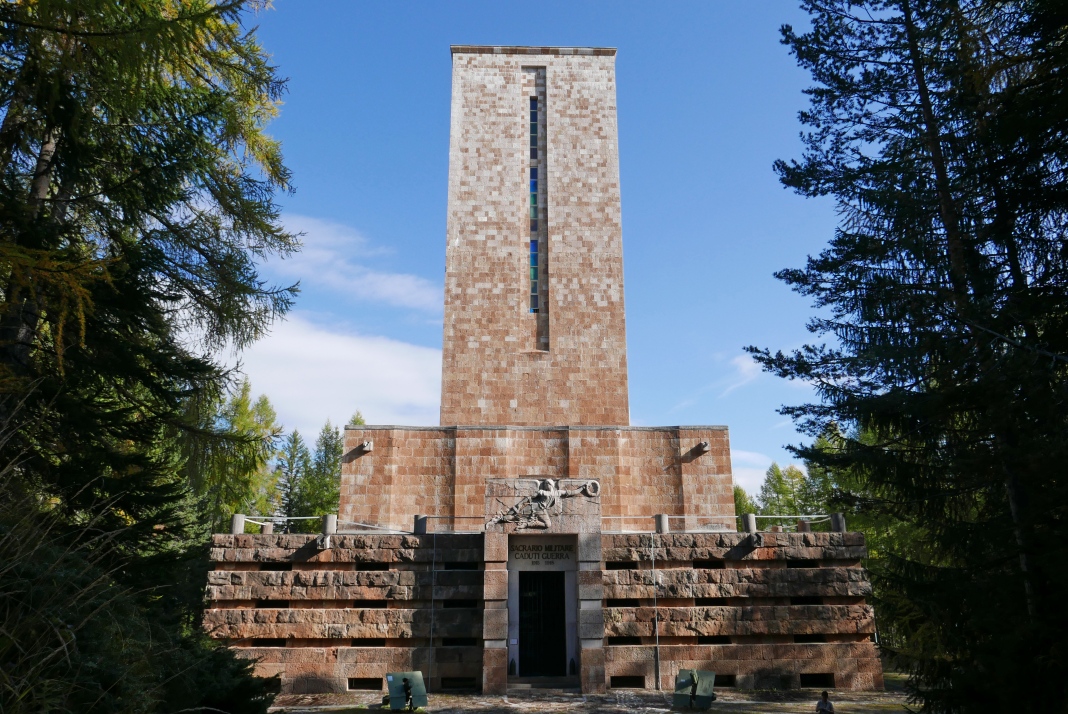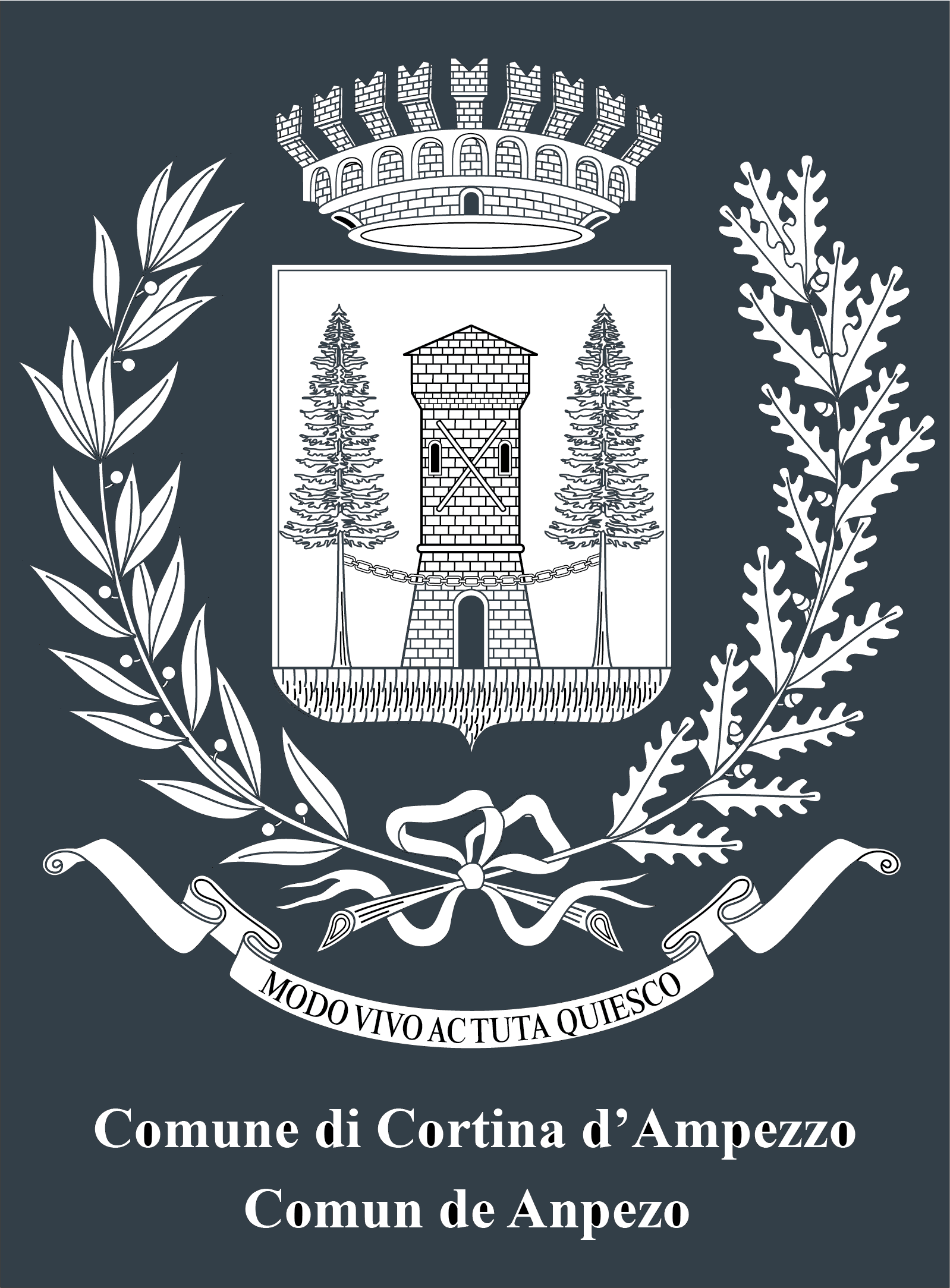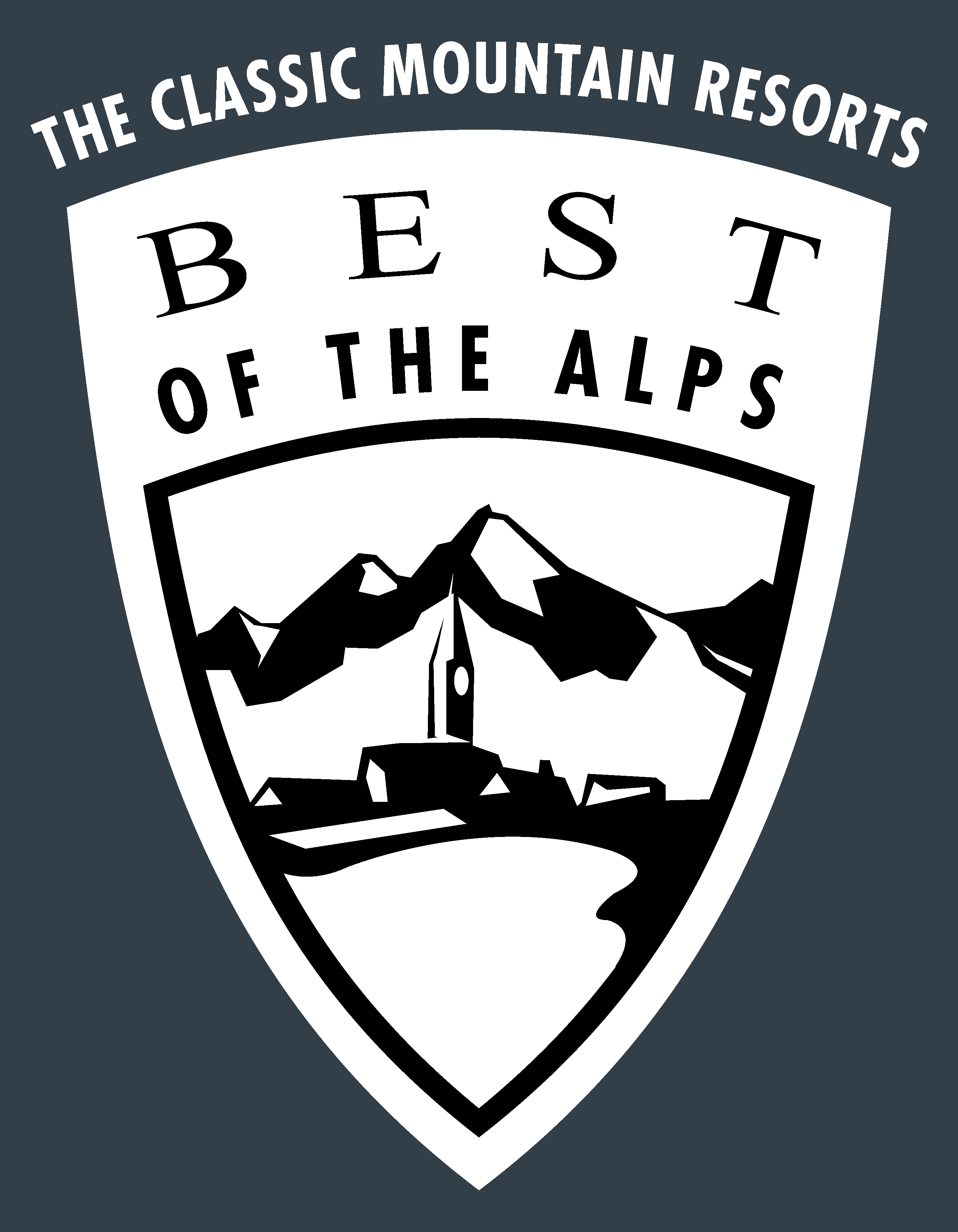
The monumental building, built in 1935 on a project by the engineer Giovanni Raimondi, consists of a grandiose square tower 48 m high, with a two-storey base that encloses the actual Memorial, in which the remains of Italian fallen are collected, known and unknown, coming from the various war cemeteries of Cadore and Ampezzo.
In the crypt below the entrance floor, in the centre of the tower, in a sepulchral monument depicting the “Dead Infantryman”, there are the tombs of General Antonio Cantore and Captain Francesco Barbieri, both decorated with the Gold Medal for Military Courage.
On the floor above are the tombs of two other heroic fallen, also decorated with the Gold Medal for Military Courage: Lieutenant Mario Fusetti, hero on Sass de Stria, and Captain Baiardi, who also fell as a hero in command of his company at Cima Sief.
The entrance to the monumental area is flanked by stone busts depicting “Alpine guards” taken from the marble group of the monument to Gen. Cantore in Cortina d’Ampezzo.
In the centre of the square behind it was placed the artistic fountain with the carved effigy of the lion of St. Mark, transferred there from an ancient square in Cortina. To the right of the same square stands the evocative church built in 1916 by the Alpine troops of the 5th Group as a chapel of the war cemetery that once existed in the same place among the green of the woods.
The access steps, carved into the rock, are flanked by the bronze panels of the Via Crucis by Giannino Castiglioni.

The monumental building, built in 1935 on a project by the engineer Giovanni Raimondi, consists of a grandiose square tower 48 m high, with a two-storey base that encloses the actual Memorial, in which the remains of Italian fallen are collected, known and unknown, coming from the various war cemeteries of Cadore and Ampezzo.
In the crypt below the entrance floor, in the centre of the tower, in a sepulchral monument depicting the “Dead Infantryman”, there are the tombs of General Antonio Cantore and Captain Francesco Barbieri, both decorated with the Gold Medal for Military Courage.
On the floor above are the tombs of two other heroic fallen, also decorated with the Gold Medal for Military Courage: Lieutenant Mario Fusetti, hero on Sass de Stria, and Captain Baiardi, who also fell as a hero in command of his company at Cima Sief.
The entrance to the monumental area is flanked by stone busts depicting “Alpine guards” taken from the marble group of the monument to Gen. Cantore in Cortina d’Ampezzo.
In the centre of the square behind it was placed the artistic fountain with the carved effigy of the lion of St. Mark, transferred there from an ancient square in Cortina. To the right of the same square stands the evocative church built in 1916 by the Alpine troops of the 5th Group as a chapel of the war cemetery that once existed in the same place among the green of the woods.
The access steps, carved into the rock, are flanked by the bronze panels of the Via Crucis by Giannino Castiglioni.

The monumental building, built in 1935 on a project by the engineer Giovanni Raimondi, consists of a grandiose square tower 48 m high, with a two-storey base that encloses the actual Memorial, in which the remains of Italian fallen are collected, known and unknown, coming from the various war cemeteries of Cadore and Ampezzo.
In the crypt below the entrance floor, in the centre of the tower, in a sepulchral monument depicting the “Dead Infantryman”, there are the tombs of General Antonio Cantore and Captain Francesco Barbieri, both decorated with the Gold Medal for Military Courage.
On the floor above are the tombs of two other heroic fallen, also decorated with the Gold Medal for Military Courage: Lieutenant Mario Fusetti, hero on Sass de Stria, and Captain Baiardi, who also fell as a hero in command of his company at Cima Sief.
The entrance to the monumental area is flanked by stone busts depicting “Alpine guards” taken from the marble group of the monument to Gen. Cantore in Cortina d’Ampezzo.
In the centre of the square behind it was placed the artistic fountain with the carved effigy of the lion of St. Mark, transferred there from an ancient square in Cortina. To the right of the same square stands the evocative church built in 1916 by the Alpine troops of the 5th Group as a chapel of the war cemetery that once existed in the same place among the green of the woods.
The access steps, carved into the rock, are flanked by the bronze panels of the Via Crucis by Giannino Castiglioni.

The monumental building, built in 1935 on a project by the engineer Giovanni Raimondi, consists of a grandiose square tower 48 m high, with a two-storey base that encloses the actual Memorial, in which the remains of Italian fallen are collected, known and unknown, coming from the various war cemeteries of Cadore and Ampezzo.
In the crypt below the entrance floor, in the centre of the tower, in a sepulchral monument depicting the “Dead Infantryman”, there are the tombs of General Antonio Cantore and Captain Francesco Barbieri, both decorated with the Gold Medal for Military Courage.
On the floor above are the tombs of two other heroic fallen, also decorated with the Gold Medal for Military Courage: Lieutenant Mario Fusetti, hero on Sass de Stria, and Captain Baiardi, who also fell as a hero in command of his company at Cima Sief.
The entrance to the monumental area is flanked by stone busts depicting “Alpine guards” taken from the marble group of the monument to Gen. Cantore in Cortina d’Ampezzo.
In the centre of the square behind it was placed the artistic fountain with the carved effigy of the lion of St. Mark, transferred there from an ancient square in Cortina. To the right of the same square stands the evocative church built in 1916 by the Alpine troops of the 5th Group as a chapel of the war cemetery that once existed in the same place among the green of the woods.
The access steps, carved into the rock, are flanked by the bronze panels of the Via Crucis by Giannino Castiglioni.

The monumental building, built in 1935 on a project by the engineer Giovanni Raimondi, consists of a grandiose square tower 48 m high, with a two-storey base that encloses the actual Memorial, in which the remains of Italian fallen are collected, known and unknown, coming from the various war cemeteries of Cadore and Ampezzo.
In the crypt below the entrance floor, in the centre of the tower, in a sepulchral monument depicting the “Dead Infantryman”, there are the tombs of General Antonio Cantore and Captain Francesco Barbieri, both decorated with the Gold Medal for Military Courage.
On the floor above are the tombs of two other heroic fallen, also decorated with the Gold Medal for Military Courage: Lieutenant Mario Fusetti, hero on Sass de Stria, and Captain Baiardi, who also fell as a hero in command of his company at Cima Sief.
The entrance to the monumental area is flanked by stone busts depicting “Alpine guards” taken from the marble group of the monument to Gen. Cantore in Cortina d’Ampezzo.
In the centre of the square behind it was placed the artistic fountain with the carved effigy of the lion of St. Mark, transferred there from an ancient square in Cortina. To the right of the same square stands the evocative church built in 1916 by the Alpine troops of the 5th Group as a chapel of the war cemetery that once existed in the same place among the green of the woods.
The access steps, carved into the rock, are flanked by the bronze panels of the Via Crucis by Giannino Castiglioni.





Head Office: Loc. Sacus 4, 32043 Cortina d’Ampezzo (BL) – P.I. 00806650255 | Privacy Policy – Cookie Policy
The Cortina Skyline is back!
Starting December 23, 2025, the lift system connecting Tofane, 5 Torri, and Falzarego will be back in operation.
A spectacular journey among the peaks, made possible by the synergy between Servizi Ampezzo S.r.l. and ISTA S.p.A.
Ready to touch the sky?